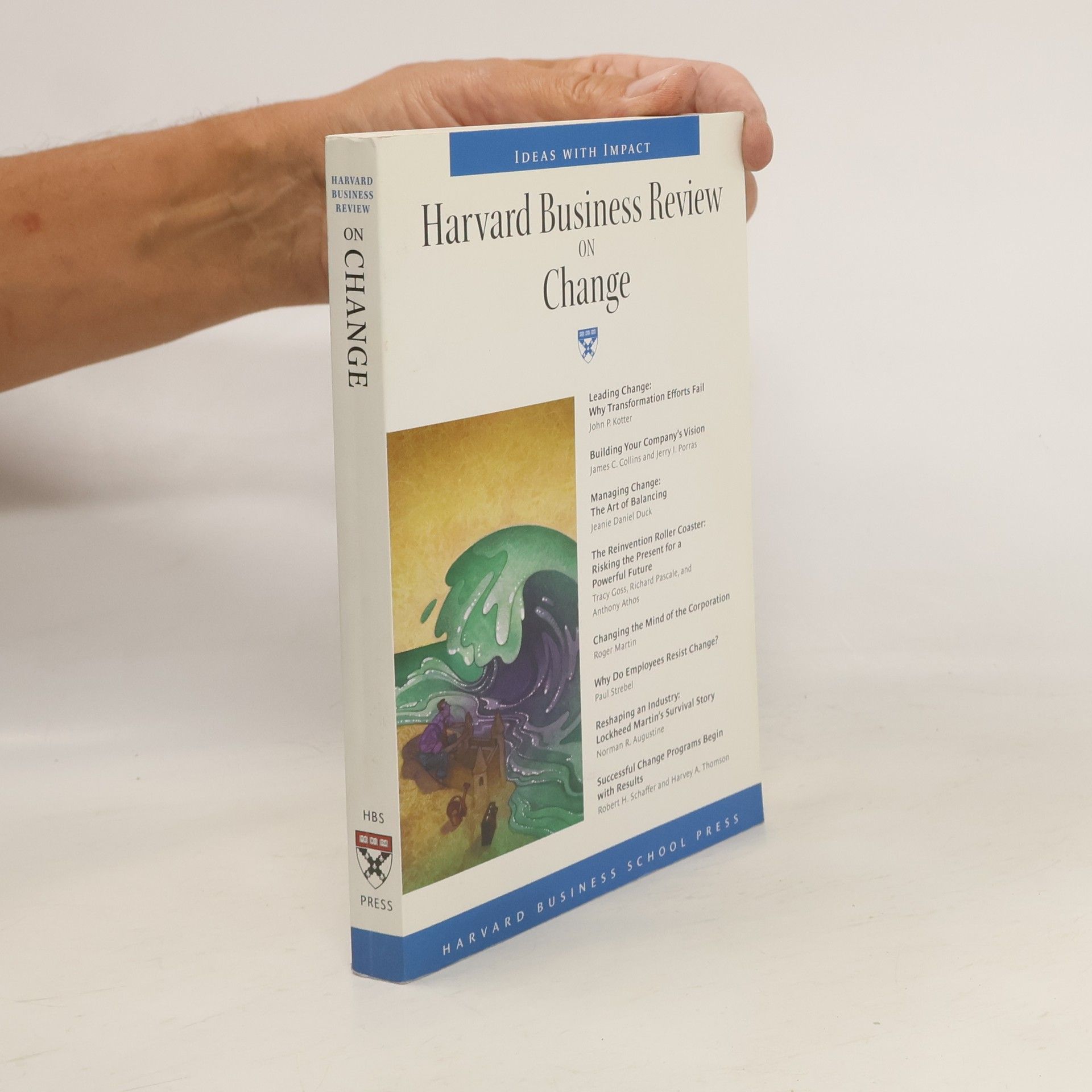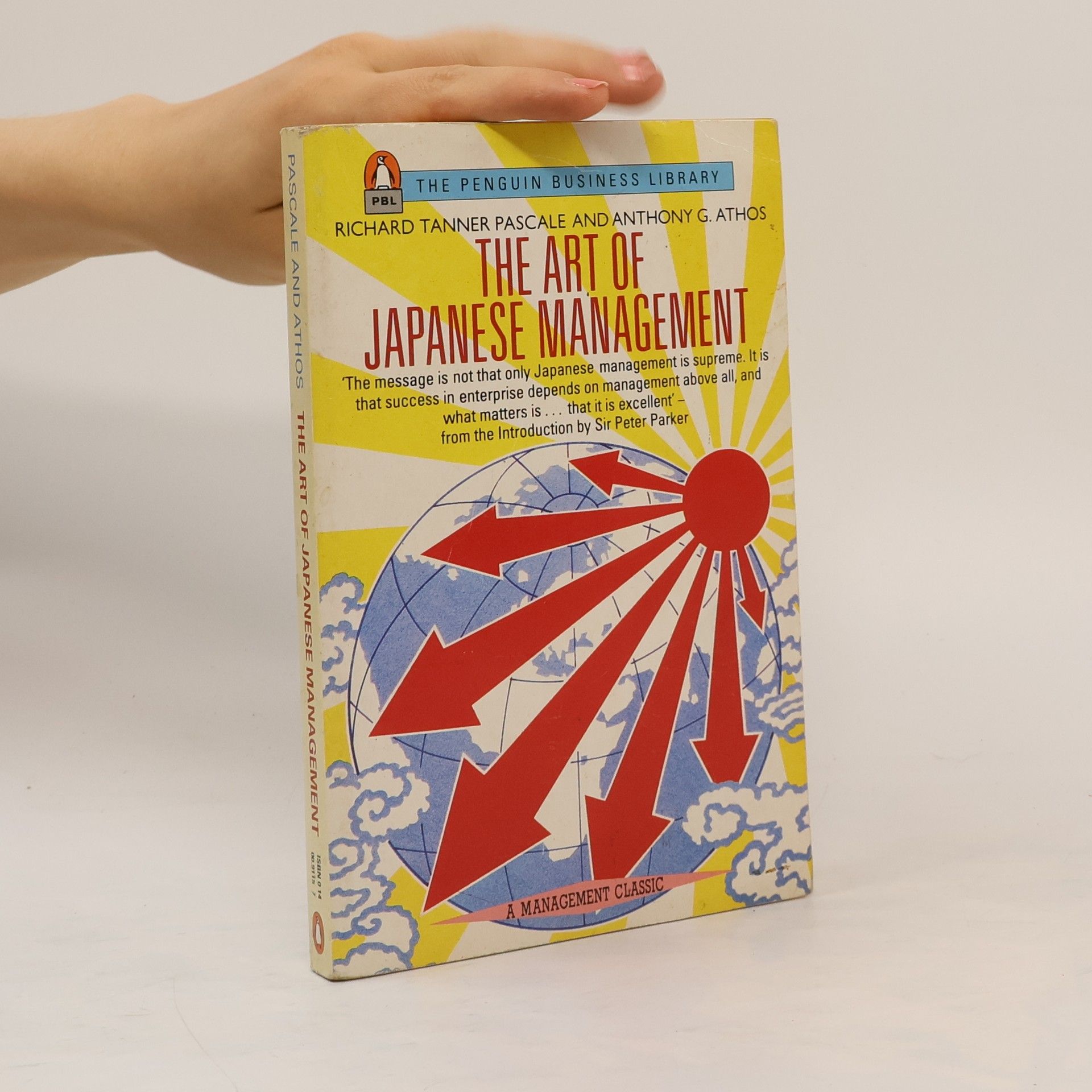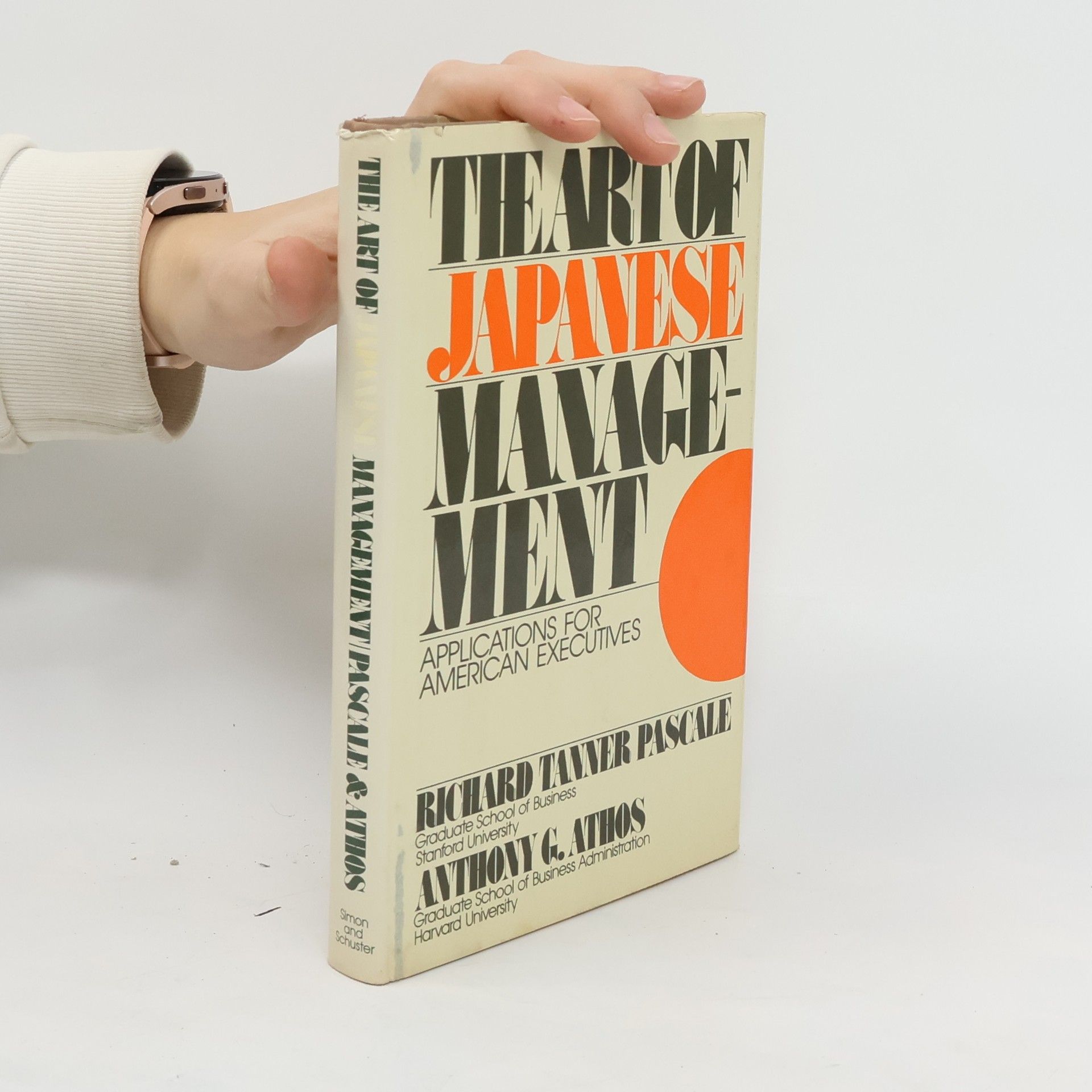HOW IS THE ART OF JAPANESE MANAGEMENT DIFFERENT FROM AMERICAN METHODS? It's a matter of the Seven S's. Western companies have tended to favor these three S's: Strategy, Structure and Systems. When an American manager wants to make changes, the odds are that he'll reorganize structure, introduce a new strategic direction and impose a new control system. Our emphasis on the first three S's produces an arid world in which nothing is alive. An organization is often given its life through the soft S's: Staff, Skills, Style and Superordinate Goals. The tremendous success of many Japanese companies comes through meticulous attention to the soft S's, which act as a lubricant in the organization machine to keep the hard S's from grinding one another away. HOW CAN COMPANIES HERE USE THE ART OF JAPANESE MANAGEMENT? Pascale and Athos show you how to use the best of Japanese techniques, add them to your own strengths to benefit by both cultures.
Richard Pascale Livres
Un consultant d'entreprise de premier plan, conférencier et professeur respecté. Son travail se concentre sur la stratégie et l'efficacité organisationnelles. Il est reconnu pour sa contribution significative au cadre 7S, développé lors de son passage au sein du cabinet de conseil en management McKinsey & Company.






The Art of Japanese Management
- 221pages
- 8 heures de lecture
HOW IS THE ART OF JAPANESE MANAGEMENT DIFFERENT FROM AMERICAN METHODS? It's a matter of the Seven S's. Western companies have tended to favor these three S's: Strategy, Structure and Systems. When an American manager wants to make changes, the odds are that he'll reorganize structure, introduce a new strategic direction and impose a new control system. Our emphasis on the first three S's produces an arid world in which nothing is alive. An organization is often given its life through the soft S's: Staff, Skills, Style and Superordinate Goals. The tremendous success of many Japanese companies comes through meticulous attention to the soft S's, which act as a lubricant in the organization machine to keep the hard S's from grinding one another away. HOW CAN COMPANIES HERE USE THE ART OF JAPANESE MANAGEMENT? Pascale and Athos show you how to use the best of Japanese techniques, add them to your own strengths to benefit by both cultures.
Surfing the Edge of Chaos
- 336pages
- 12 heures de lecture
Surfing the Edge of Chaos is a brilliant, powerful, and practical book about the parallels between business and nature - two fields that feature nonstop battles between the forces of tradition and the forces of transformation. It offers a bold new way of thinking about and responding to the personal and strategic challenges everyone in business faces these days.
Harvard Business Review on Change by Press,Harvard Business School. [1998,6th Edition.] Paperback
Chaos ist die Regel
- 280pages
- 10 heures de lecture
Unternehmen folgen den Gesetzen der Natur: Stillstand führt zum Tod, Innovation findet am Rand des Chaos’ statt, Selbstmanagement und Entwicklung brauchen Struktur, aber auch Freiheit. Wenn Manager die Geheimnisse des Lebens verstehen, wird sich ihre Sicht auf Unternehmensstrukturen und Führung nachhaltig verändern. Chaos ist die Regel ist ein brillant geschriebenes, kraftvolles Buch, das den Blick für eine andere Perspektive öffnet. Es zeigt die Parallelen zwischen den Gesetzmäßigkeiten in Unternehmen und in der Natur und mit Hilfe anschaulicher Fallbeispiele weist es den alles entscheidenden Weg zum Unternehmenserfolg.
